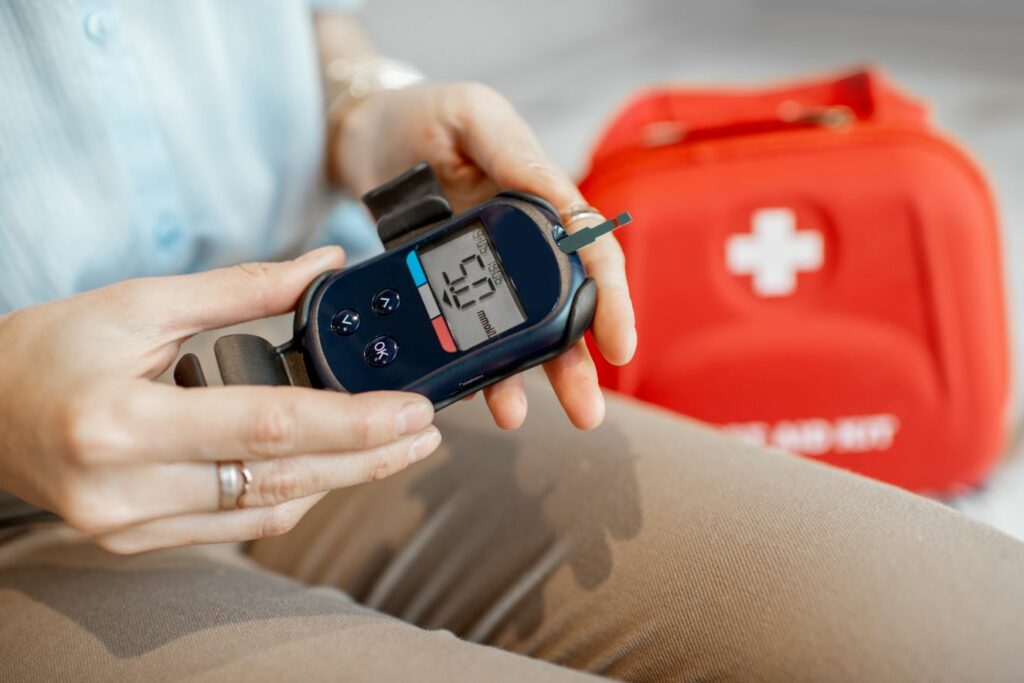Introduction
In the realm of education, specifically within child care settings, emergencies can emerge anytime. Comprehending immediate reaction obligations is vital for teachers, caretakers, and parents alike. Not only does it incorporate standard emergency treatment expertise, yet it additionally includes a collection of procedures and skills that must be grasped to ensure the security of children. From handling small injuries to providing an EpiPen throughout an allergic reaction, this thorough guide will delve into the myriad obligations that include immediate responses in academic environments.
Immediate Response Responsibilities: What to Do When Emergency situations Arise
The term "immediate reaction obligations" describes the actions and choices that require to be taken when an emergency happens. These scenarios can vary from minor events like playground problems to more severe situations entailing clinical emergency situations. The emphasis here gets Learn here on quick responses that can substantially influence the result for kids involved.
Understanding Emergency situation Situations in Education
Emergency scenarios can differ widely in nature and seriousness. Some usual examples include:
- Choking Incidents: Youngsters may mistakenly choke on food or tiny objects. Allergic Reactions: Circumstances calling for EpiPen administration because of extreme allergies. Minor Injuries: Scrapes, cuts, and swellings from play. Medical Emergencies: Bronchial asthma assaults or seizures that demand instant attention.
Recognizing Asthma Signs in Children
Asthma is a common problem among children and understanding how to recognize its symptoms can conserve lives. Usual signs include:
- Coughing frequently Shortness of breath Wheezing sounds when exhaling Chest tightness
Choking Prevention Methods for Educators
Preventing choking incidents need to be a priority in instructional setups. Below are some reliable techniques:
Age-Appropriate Foods: Guarantee that food provided appropriates for children's ages. Supervision Throughout Meals: Always screen children while they eat. Education on Food Choices: Instruct youngsters concerning foods that present choking hazards.
EpiPen Administration Protocols
When taking care of allergic reactions, EpiPens can be life-saving tools. Right here's just how to provide one:
Remove the EpiPen from its case. Hold the EpiPen firmly and eliminate the safety and security cap. Press the idea against the external upper leg until it clicks. Hold it in place for regarding 10 seconds prior to removing.Managing Minor Wounds Effectively
Injuries are inescapable when handling energetic youngsters; hence, recognizing exactly how to manage small wounds is crucial:
Clean the injury with soap and water. Apply a disinfectant solution. Cover with a sterilized bandage.Child Defibrillation Guidance
For major cases where a youngster may experience cardiac arrest, knowing how to make use of an AED (Automated External Defibrillator) is important:
Turn on the AED and comply with voice prompts. Attach pads as shown on the device. Ensure no person is touching the child prior to supplying a shock if encouraged by the AED.Building Teacher Confidence Via Training
Educators play an essential role in emergency situation reaction situations; for this reason it's critical they feel confident in their abilities:
HLTAID012 Qualification Australia Overview
The HLTAID012 qualification gears up instructors with needed first aid abilities tailored particularly for academic environments:
- Duration of training normally covers over a number of hours including both created and practical components. It covers subjects such as CPR techniques, managing injuries, and occurrence coverage protocols.
Written vs Practical Elements of First Aid Training
Training programs like HLTAID012 comprise both academic expertise and hands-on technique:
![]()
|Part|Summary|| --------------------|--------------------------------------------------|| Composed|Comprehending protocols, laws, and treatments|| Practical|Hands-on method making use of mannequins or simulation|
Renewal Timelines for First Aid Certifications
Staying updated with emergency treatment certifications is necessary for teachers:
- Most qualifications require revival every three years. Regular updates keep teachers educated concerning new techniques or adjustments in protocols.
Childcare Centre Emergency treatment Package Essentials
A well-stocked first aid kit Click here to find out more is vital in any childcare centre setup:

Essential Items Include:
Band-aids of numerous sizes Antiseptic wipes Gauze pads Adhesive tape Disposable gloves ScissorsFirst Help Essentials for Parents
Parents need to also be outfitted with necessary first aid knowledge:
Know exactly how to treat fevers effectively. Recognize signs and symptoms of dehydration or heat exhaustion throughout warm weather. Create a home-based first aid kit tailored for childhood years needs.Childcare Security Dangers Assessment
Regular assessments assist identify possible dangers within child care settings-- some usual risks consist of:
Slippery floors Sharp things within reach Playground tools safety and security checksRegularly examining these dangers makes certain safety and security criteria are constantly maintained.
FAQs Regarding Immediate Action Responsibilities
1) What ought to I do if a youngster chokes?
- Administer back impacts adhered to by abdominal drives if they can not take a breath or speak.
2) How typically must I renew my HLTAID012 certification?

- Every 3 years based on Australian regulations.
3) What things are crucial for a childcare emergency treatment kit?
- Band-aids, bactericides, gauze pads, scissors, non reusable handwear covers need to all be included.
4) How can I prevent playground mishaps?
- Conduct routine assessments of play area tools and supervise youngsters during playtime actively.
5) What are bronchial asthma action plans?
- A personalized strategy created with healthcare providers detailing actions to take throughout an asthma attack.
6) How do I acknowledge indicators of allergic reactions?
- Look out for hives, swelling around the face or mouth, problem breathing or hissing sounds; act quickly!
Conclusion
Immediate feedback duties are not simply jobs; they personify a commitment to protecting youngsters's health and wellness within educational atmospheres. By understanding protocols connected to choking avoidance, EpiPen administration, small wound management, and more-- educators can efficiently react when emergency situations develop while childcare first aid course blended with confidence building count on among moms and dads and stakeholders alike.
By staying informed through qualifications like HLTAID012 provide emergency treatment in education courses and maintaining emergency treatment kits stocked-- every person figures in in producing safe and secure discovering environments for growth and expedition while making sure every kid's security remains paramount!